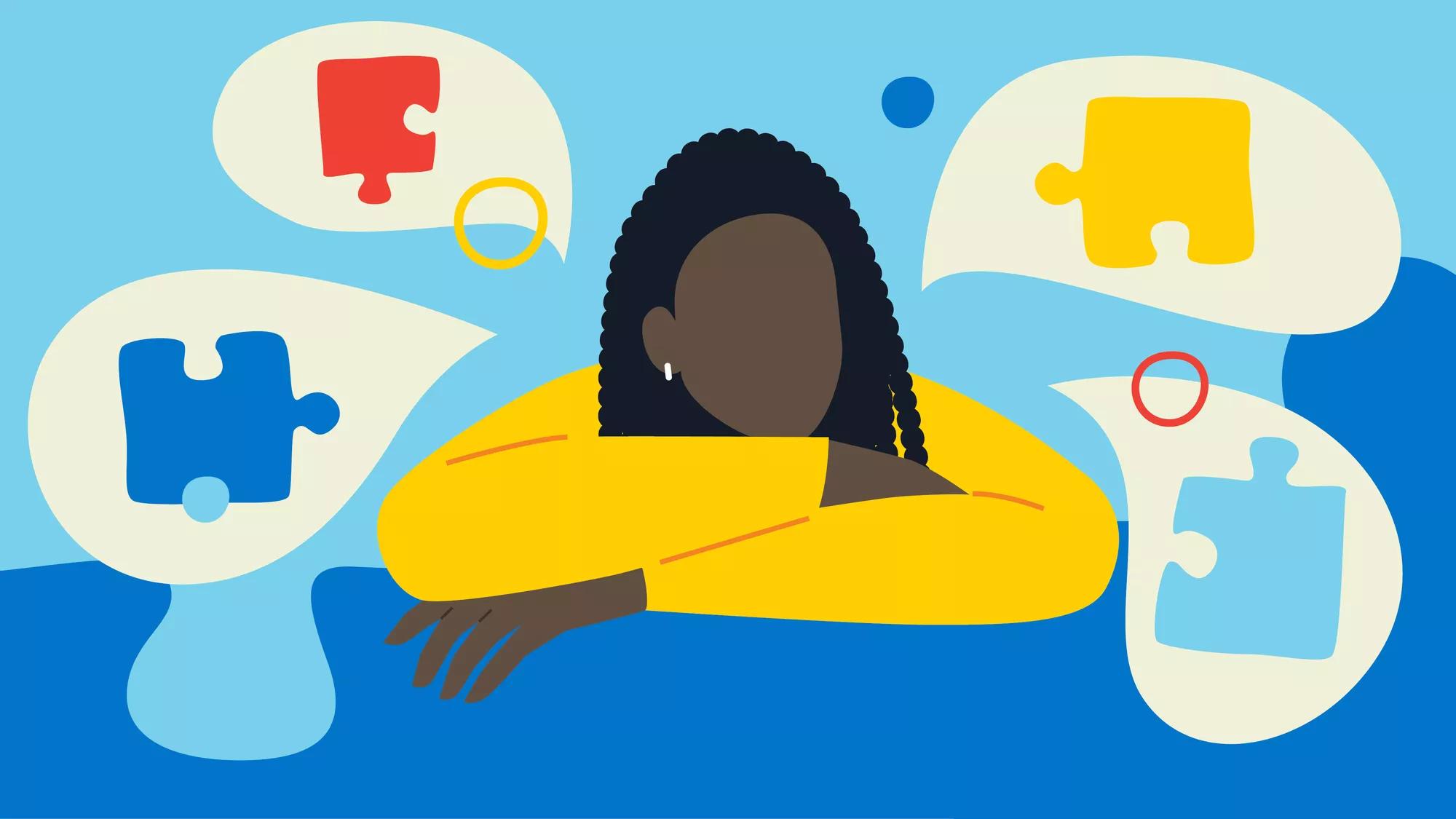Resolving Common Misconceptions: What You Should Know About Autism Today
Resolving Common Misconceptions: What You Should Know About Autism Today
Blog Article
Discovering Autism: Approaches for Efficient Communication and Communication
Effective interaction and communication with people on the autism range necessitate a comprehensive understanding of their distinct requirements and preferences. Strategies such as using clear language, utilizing aesthetic supports, and promoting consistent routines can considerably boost interaction and reduce anxiousness. Recognizing the significance of non-verbal cues and shared passions leads the means for meaningful links. The details of these approaches disclose additional factors to consider that merit expedition, specifically in how they can be adjusted to varied contexts and specific experiences. What might these adaptations look like in technique?
Recognizing Autism Spectrum Condition
Autism Spectrum Disorder (ASD) encompasses a variety of neurodevelopmental problems defined by challenges in social interaction, interaction, and repetitive habits. The term "range" shows the diverse indications and varying levels of intensity experienced by individuals with ASD. While some may show considerable problems, others might show high-functioning qualities, enabling greater independence in every day life.
The onset of ASD typically takes place in early childhood years, with signs commonly well-known by age two. Very early signs might include delayed speech development, minimal eye call, and troubles in comprehending social cues. The exact etiology of ASD remains uncertain, study suggests a mix of environmental and genetic elements plays an important function in its advancement.
As an outcome, treatments and assistance customized to individual demands are important for promoting communication and social skills. Identifying the intricacy of ASD is vital for advertising awareness, acceptance, and efficient strategies that facilitate purposeful communications with people on the range.

Relevance of Clear Interaction
Effective communication is essential for cultivating understanding and connection, especially for individuals with Autism Range Disorder (ASD) Clear communication not only promotes social interactions however additionally improves the person's capability to express their requirements, ideas, and feelings. For people with ASD, the nuances of language can commonly be testing; as a result, utilizing unambiguous and uncomplicated language is vital.
Moreover, clear interaction helps in reducing stress and anxiety that might arise from misconceptions. When messages are shared in a constant and direct way, individuals with ASD are better geared up to translate information properly, which can substantially boost their social engagement and involvement in different settings.
Developing routines and using aesthetic supports can further reinforce clear communication. These strategies provide people with foreseeable frameworks that assist understanding and retention of info. In addition, actively being and paying attention client throughout communications advertises a helpful environment where people with ASD feel valued and recognized.
Inevitably, focusing on clear communication not just equips individuals with ASD yet also fosters more significant links with their peers, caretakers, and the wider neighborhood, leading the way for comprehensive communications and collective relationships. - autism
Non-Verbal Communication Methods
Interaction expands beyond words, and for people with Autism Spectrum Disorder (ASD), non-verbal hints play a considerable role in communications. Non-verbal interaction strategies can consist of facial expressions, motions, body movement, and eye call, every one of which work as vital elements for sharing emotions and intents.
Recognizing and interpreting these non-verbal signals can boost communications with people with ASD. For example, a warm smile or open pose can produce a welcoming ambience, urging interaction. Utilizing aesthetic aids-- such as image cards or signs-- can link communication voids and help share messages more properly.
It is also crucial to be conscious of personal space, as individuals with ASD might have various comfort levels pertaining to distance. Observing their responses to physical nearness can educate proper adjustments.

Producing Supportive Atmospheres
Developing a helpful environment is critical for promoting positive interactions and boosting the well-being visit this page of people with Autism Spectrum Problem (ASD) Such environments can significantly decrease anxiety and develop a sense of safety, permitting individuals to share themselves extra openly.
To achieve this, it is essential to consider sensory sensitivities that individuals with ASD might experience. Customizing the physical room to consist of soft lighting, marginal background noise, and comfortable seating can develop a calming ambience. Furthermore, utilizing regular routines and clear visual timetables can aid people prepare for transitions and lower uncertainty, additional advertising convenience.
Social spaces should be structured to minimize overwhelming stimuli while supplying possibilities for interaction in preferred tasks. Assisting in areas marked for peaceful time can additionally offer as a haven during minutes of anxiety. Notably, incorporating aspects of selection empowers people, permitting navigate to this site them to work out company in their environment.

Motivating Social Communications
Cultivating social interactions amongst people with Autism Spectrum Disorder (ASD) requires deliberate approaches that focus on comfort and involvement. Establishing predictable regimens can aid reduce stress and anxiety, making social setups extra friendly. Producing organized settings with defined functions and responsibilities allows people to involve without the frustrating pressure of disorganized social characteristics.
Integrating rate of interests and toughness into social activities can function as a stimulant for communication. Organizing team activities around shared hobbies or topics of attraction can promote natural conversations and connections. In addition, making use of aesthetic supports, such as social manuscripts or photographic routines, can help in recognizing social hints and assumptions.
Modeling appropriate social habits is crucial - autism. Adults and peers ought to demonstrate reliable communication methods, including energetic listening and turn-taking. Role-playing scenarios can likewise provide a safe room for individuals to exercise these skills
Finally, cultivating peer connections with comprehensive methods is important. Motivating comprehensive playdates or team getaways can produce chances for socializing in a comfy setting. By carrying out these caregivers, educators and strategies can significantly enhance social interactions for people with ASD, advertising their general social advancement and well-being.
Verdict
In verdict, efficient communication and interaction methods are important for sustaining people with Autism Spectrum Problem. Eventually, these approaches empower individuals with autism to navigate social landscapes, advertising their general well-being and enabling the growth of enduring relationships.
Reliable communication and communication with individuals on the autism range demand a detailed understanding of their unique requirements and preferences. Clear interaction not only facilitates social interactions however likewise improves the individual's capability to express their emotions, ideas, and requirements.Cultivating social interactions amongst individuals with Autism Spectrum Condition (ASD) needs deliberate methods that prioritize convenience and interaction. By applying these caretakers, methods and educators can dramatically enhance social look these up interactions for people with ASD, promoting their general social growth and well-being.
In verdict, reliable communication and interaction approaches are crucial for sustaining individuals with Autism Range Disorder.
Report this page